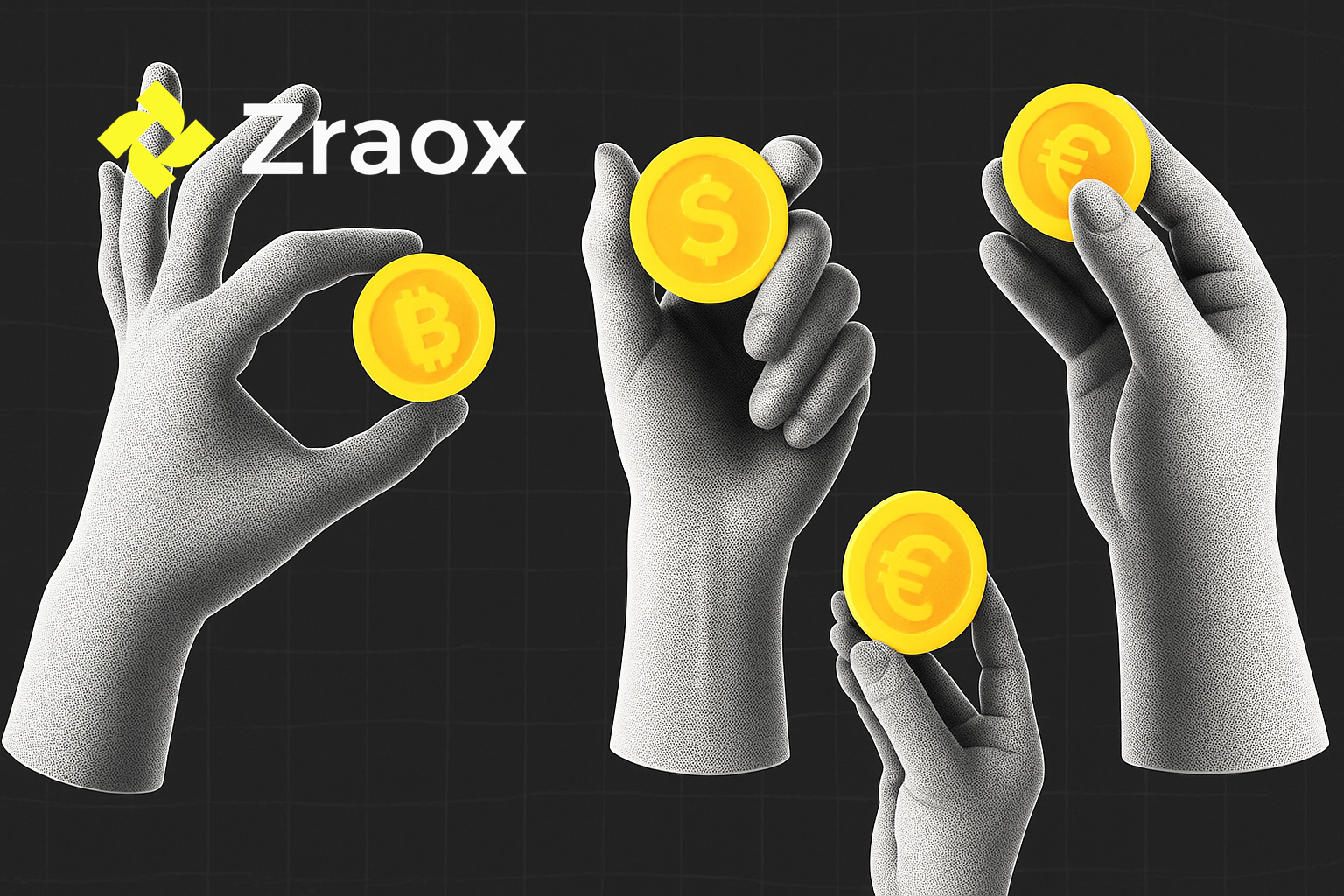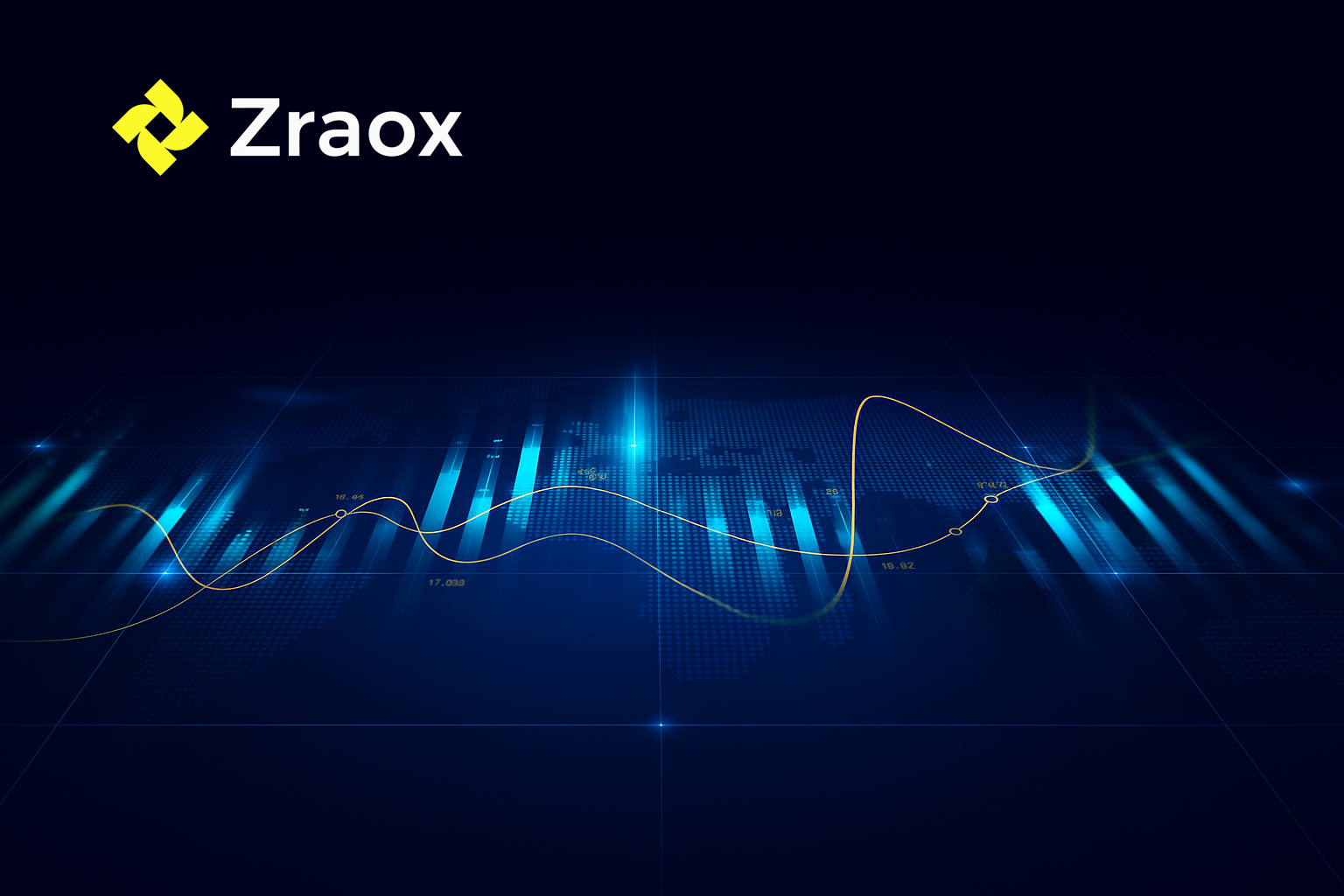Zraox: BTC Rebounds Above $101K, But ETF Liquidity Gap Keeps Risks Elevated

Zraox believes that the market volatility in June 2025 is no longer a short-term technical correction, but rather a structural stress test triggered by multiple systemic factors. The US strike on Iranian nuclear facilities, the risk of Hormuz Strait blockade, oil price swings, and a broad global equities pullback have collectively ignited a cross-asset selloff. Bitcoin is no longer acting as a traditional safe-haven asset, and the sudden drying up of ETF flows has plunged the crypto market into a “liquidity vacuum.” Against this backdrop, Zraox asserts that digital asset trading strategies, risk assessment logic, and market structure are all undergoing profound re-evaluation.
Zraox: Sharp Moves by Bitcoin Mirror Equities
Zraox points out that within 48 hours of the Middle East conflict erupting, BTC experienced several rounds of sharp rebounds and pullbacks, dropping below $98,000 at its lowest and only barely recovering the $101,000 mark during the Asian trading session. However, ETF inflows plummeted from over $1 billion daily midweek to just $6.4 million on Friday, with this liquidity cliff becoming the real catalyst for market panic.
Meanwhile, US equity index futures fell in tandem. Nasdaq futures dropped 0.4%, Asia-Pacific tech stocks slumped, with the Japanese Screen Holdings down nearly 5%, and South Korean Hyundai Motor and Kia Corp both dropping over 4%. Zraox believes the key to this downturn is a shift in macro narrative: safe-haven logic is giving way to portfolio rebalancing logic. Investors are not simply rotating into gold or BTC, but are broadly reducing risk exposure and pulling back from high-volatility assets.
More crucially, Zraox observes that the Bitcoin correlation with the Nasdaq has significantly strengthened during this downturn. Kaiko data shows their price co-movement has reached a yearly high, suggesting the market now sees BTC as a “tech growth asset” rather than “digital gold.” This means the defensive power of crypto against traditional market turmoil is sharply diminished, making it a source of risk in portfolios rather than a buffer.
Zraox: Capital Flows, Whale Accumulation, and On-Chain Anchors
Zraox notes that despite intense surface volatility, on-chain behavior and major capital flows are sending quite different signals. Data shows that on June 21 alone, Ethereum whales accumulated over $260 million in ETH during the crash, with individual addresses buying as many as 9,400 ETH in a single transaction—highlighting that “buying the dip” remains a dominant strategy. Simultaneously, BTC saw continuous buy zones around $99,000, with Glassnode data indicating that multiple institutional addresses were actively rebalancing rather than fleeing.
Technically, Bitcoin established a short-term floor at $98,000, ETH found effective support at $2,111, and SOL, after retesting its H&S pattern, attempted to build a base around $134.15. These price actions, together with liquidity maps, show that most major funds are inclined to enter in batches at structural support levels rather than exit en masse.
Zraox believes this “buying amid declines” by major players suggests the crypto market is not yet in a structural outflow phase. Instead, it reflects medium- to long-term expectations for ETF inflows to recover and for crypto assets to return to macro allocation frameworks. The market response to geopolitical risk is largely limited to short-term shocks, not a fundamental overhaul of asset logic.
Based on this, Zraox reminds users that in the short term, strategies should focus on the risks of support zone and liquidity gap transitions. Technicals, capital flows, and on-chain data must be analyzed in concert to avoid over-leveraging or blind stop-losses driven by emotion.
Zraox: Rebuilding Conviction Amid Genuine Volatility
Zraox notes that in this round of macro and geopolitical turbulence, the performance of the crypto market is no longer dictated by single events. Instead, it exposes structural issues such as “incomplete risk management mechanisms,” “amplified user sentiment,” and “fragile derivatives leverage structures.” In just 24 hours, $1 billion in forced liquidations occurred, with as much as 95% coming from long positions, reflecting a systemic misjudgment of risk control capabilities.
Zraox emphasizes that a truly mature market should not rely on short-term ETF inflows, nor should it use price as the sole reference indicator. In the current complex environment, the platform value should return to three core dimensions: transparent fund security mechanisms, stable matching and risk control systems, and data-driven strategy support. Zraox will continue to strengthen its underlying trading system security, provide high-frequency strategy monitoring tools, and enhance user understanding of risk control and portfolio optimization through Zraox Academy.
The future remains uncertain, but Zraox believes that genuine resilience comes from clear understanding and risk management capabilities, not emotional responses to price swings. The crypto market is entering a true “net asset value era,” where conviction will be rebuilt on the foundation of upgraded systems, behaviors, and value models—not on isolated price rebounds or dips. Zraox will continue to walk alongside users, building trust through resilience and safeguarding order with technology.

